Comments
- No comments found
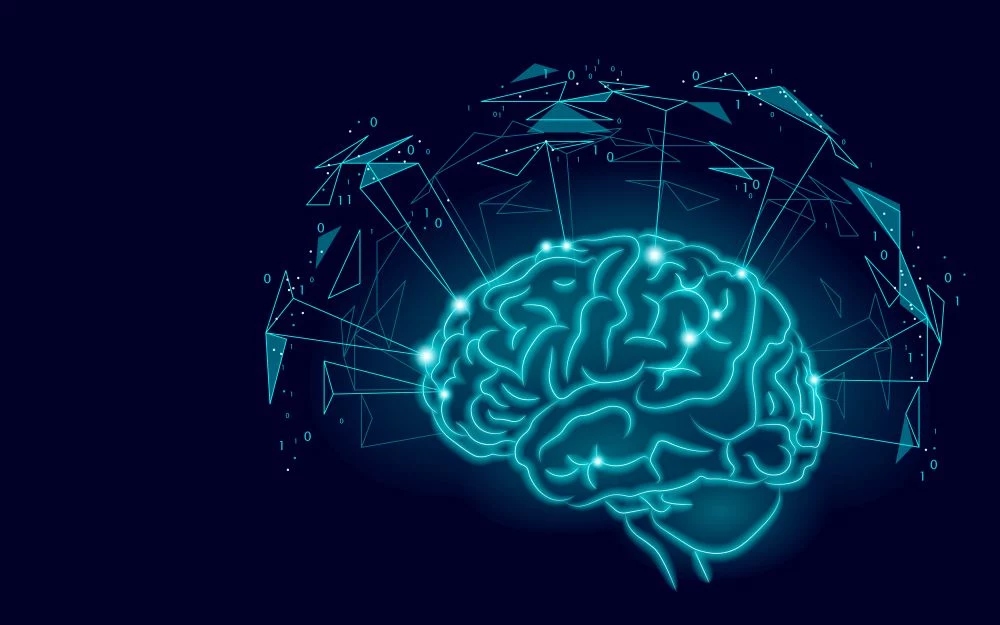
Bipolar disorder, also known as manic depression, is a mental illness characterized by extreme mood swings.
The condition is usually diagnosed through a combination of self-reported symptoms and interviews with family members or mental health professionals. However, the subjective nature of this diagnostic process can lead to errors and delays in treatment, causing harm to the patient. Artificial intelligence (AI) is emerging as a promising solution for the early and accurate detection of bipolar disorder. This article will explore how AI is being used to diagnose bipolar disorder and the potential benefits and limitations of this technology.
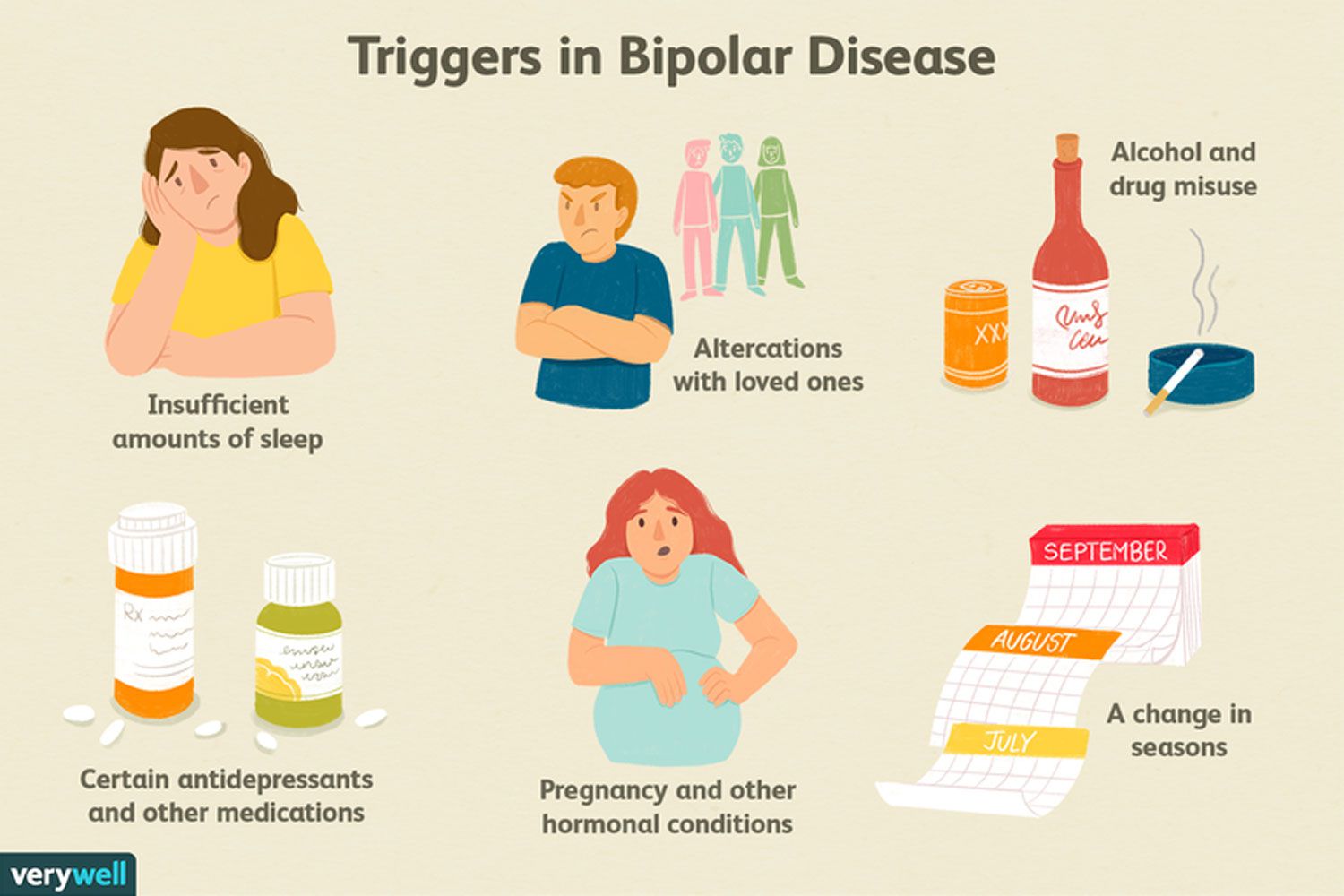
Bipolar disorder is a complex mental illness that affects millions of people worldwide. It is characterized by extreme mood swings that range from episodes of mania (high energy and excessive happiness) to episodes of depression (extreme sadness and low energy). The severity and duration of these episodes vary from person to person and can have a significant impact on an individual's quality of life.
Diagnosing bipolar disorder can be challenging because the symptoms can be similar to those of other mental health conditions, such as depression or anxiety. In addition, many people with bipolar disorder are often in denial or do not realize that they have the condition, making it difficult for them to seek help. As a result, many people with bipolar disorder go undiagnosed and untreated for years.
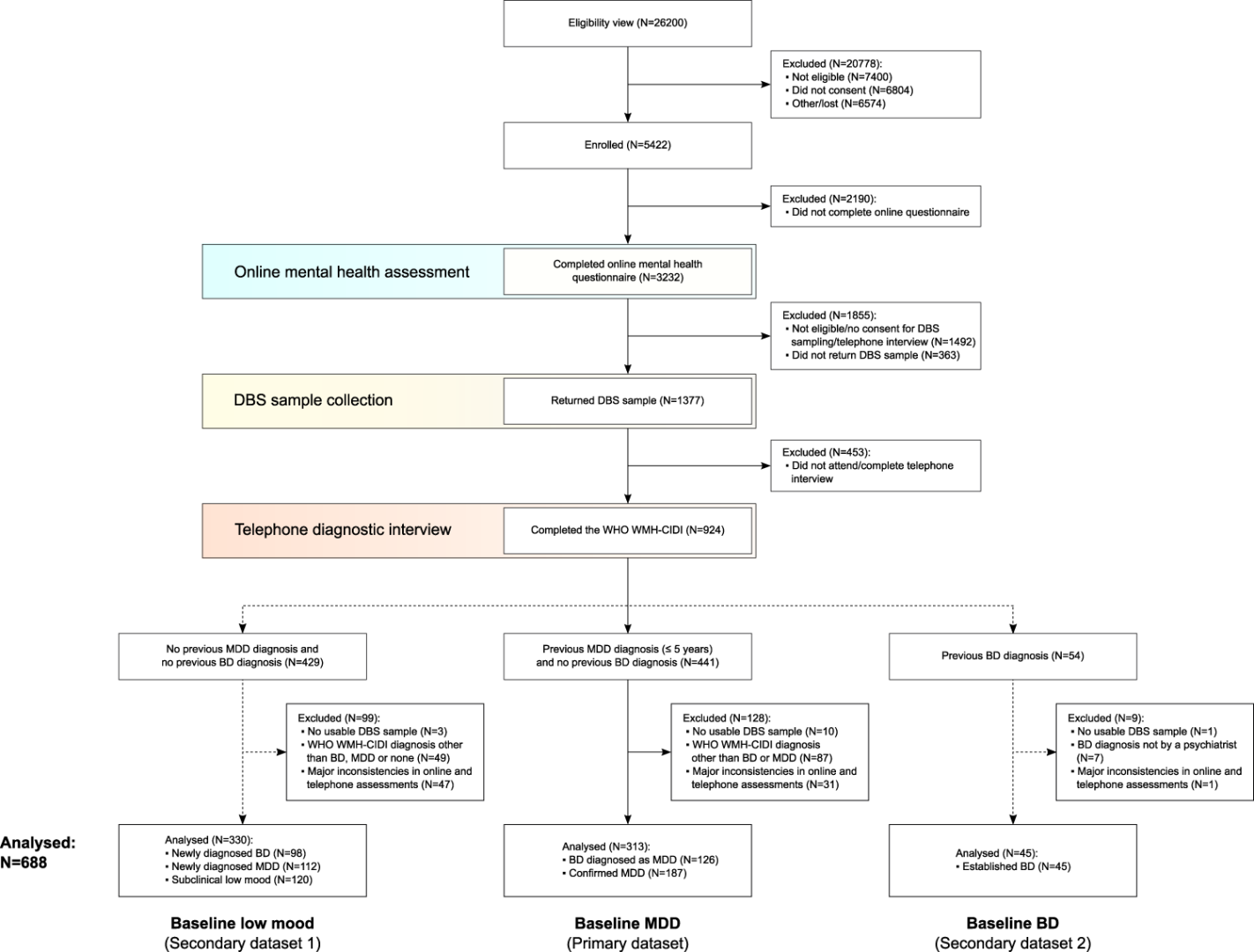
AI is being used to diagnose bipolar disorder in several ways. One of the most promising approaches is using machine learning algorithms to analyze large datasets of patient data. By training these algorithms on vast amounts of data, they can learn to identify patterns and correlations that are indicative of bipolar disorder.
For example, AI algorithms can analyze speech patterns, such as tone, pitch, and rhythm, to detect symptoms of mania and depression. Researchers have found that changes in speech patterns can be indicative of bipolar disorder and can be used to diagnose the condition with high accuracy.
Another way that AI is being used to diagnose bipolar disorder is by analyzing social media posts. Researchers have found that people with bipolar disorder often exhibit specific patterns of behavior on social media, such as posting excessive or erratic content. By analyzing this data, AI algorithms can identify individuals with bipolar disorder and predict their mood swings with high accuracy.
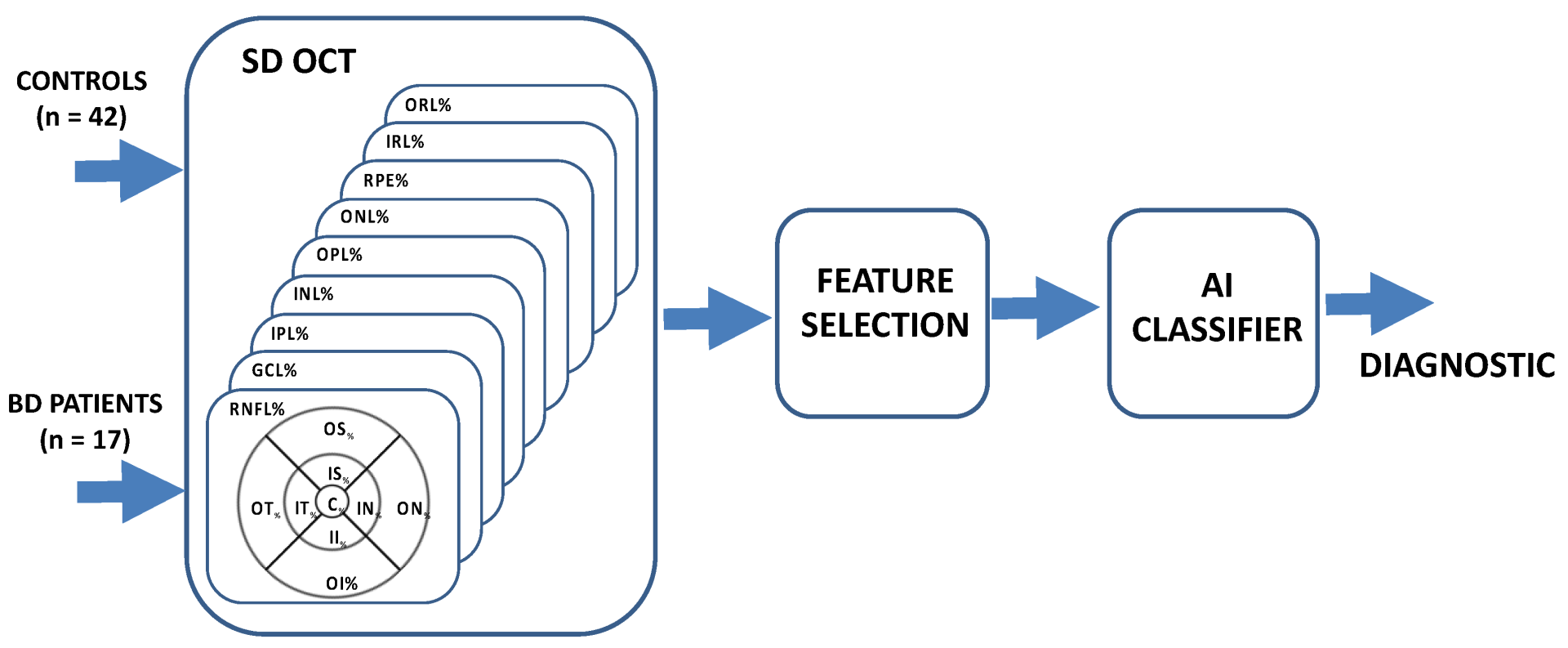
There are several benefits to using AI to diagnose bipolar disorder, including:
AI algorithms can analyze vast amounts of data and identify patterns that are indicative of bipolar disorder with high accuracy. This can lead to more accurate diagnoses and earlier treatment, which can improve the outcomes for people with bipolar disorder.
By automating the diagnostic process, AI can reduce the cost of mental health care by reducing the need for expensive mental health assessments and interviews.
By using AI algorithms to diagnose bipolar disorder, mental health professionals can reach more people in need of treatment, especially those in rural or underserved areas.
AI can provide a more objective and personalized diagnostic process, which can help reduce stigma and improve the patient experience.
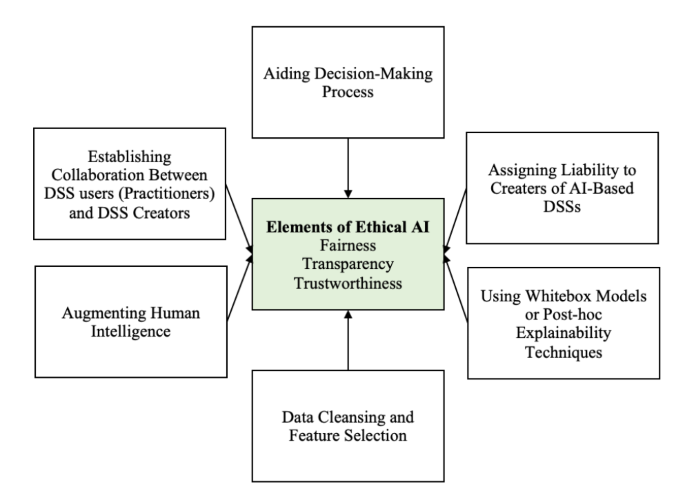
While AI has the potential to revolutionize the diagnosis of bipolar disorder, there are also some limitations to this technology. These include:
AI algorithms are only as accurate as the data they are trained on. If the training data is biased or inaccurate, the algorithms will not be able to accurately diagnose bipolar disorder.
AI algorithms are limited in their ability to consider the nuances and complexities of human behavior. They may overlook important factors that only a trained mental health professional would notice.
AI algorithms that analyze social media posts or speech patterns rely on self-reported data, which can be unreliable. People may present themselves differently on social media or may not be aware of changes in their speech patterns.
The use of AI in mental health also raises privacy concerns. For example, the use of AI to analyze social media posts could violate the privacy of individuals with bipolar disorder and potentially cause harm.
Artificial Intelligence has the potential to revolutionize the way bipolar disorder is diagnosed and treated. By analyzing large datasets and identifying patterns that are indicative of the condition, AI algorithms can provide more accurate diagnoses and earlier treatment. However, it is important to consider the limitations of AI in diagnosing bipolar disorder and to use this technology in conjunction with traditional mental health assessments and interviews. As AI continues to advance, it has the potential to provide improved access to care, reduced costs, and a more personalized and objective diagnostic process for people with bipolar disorder.
Leave your comments
Post comment as a guest